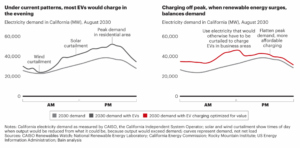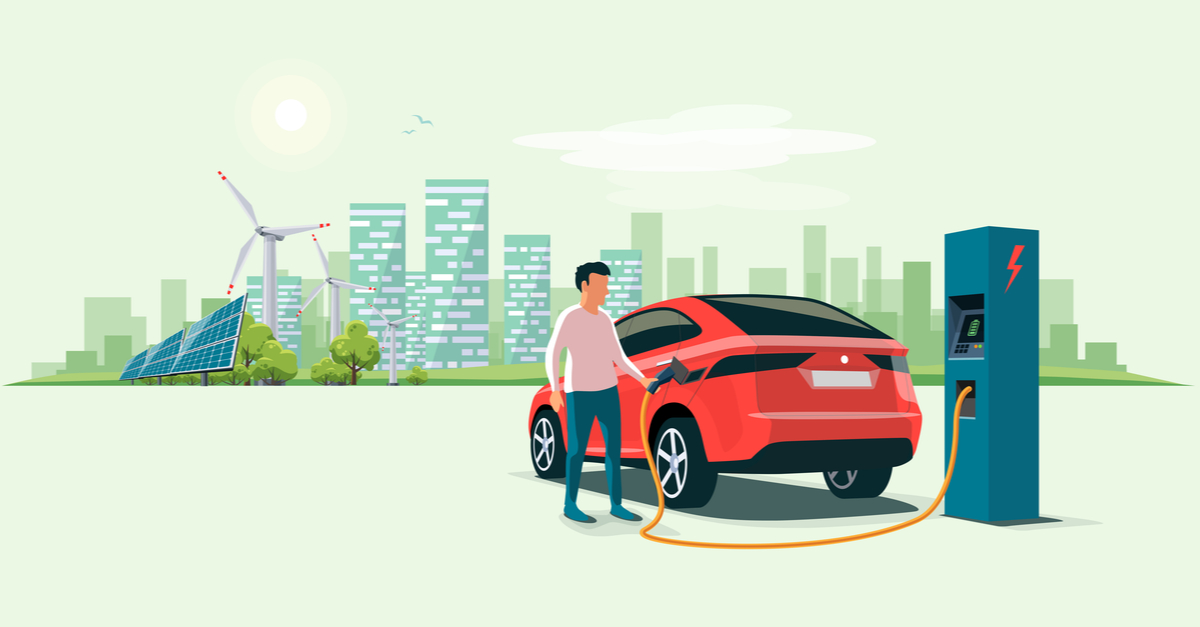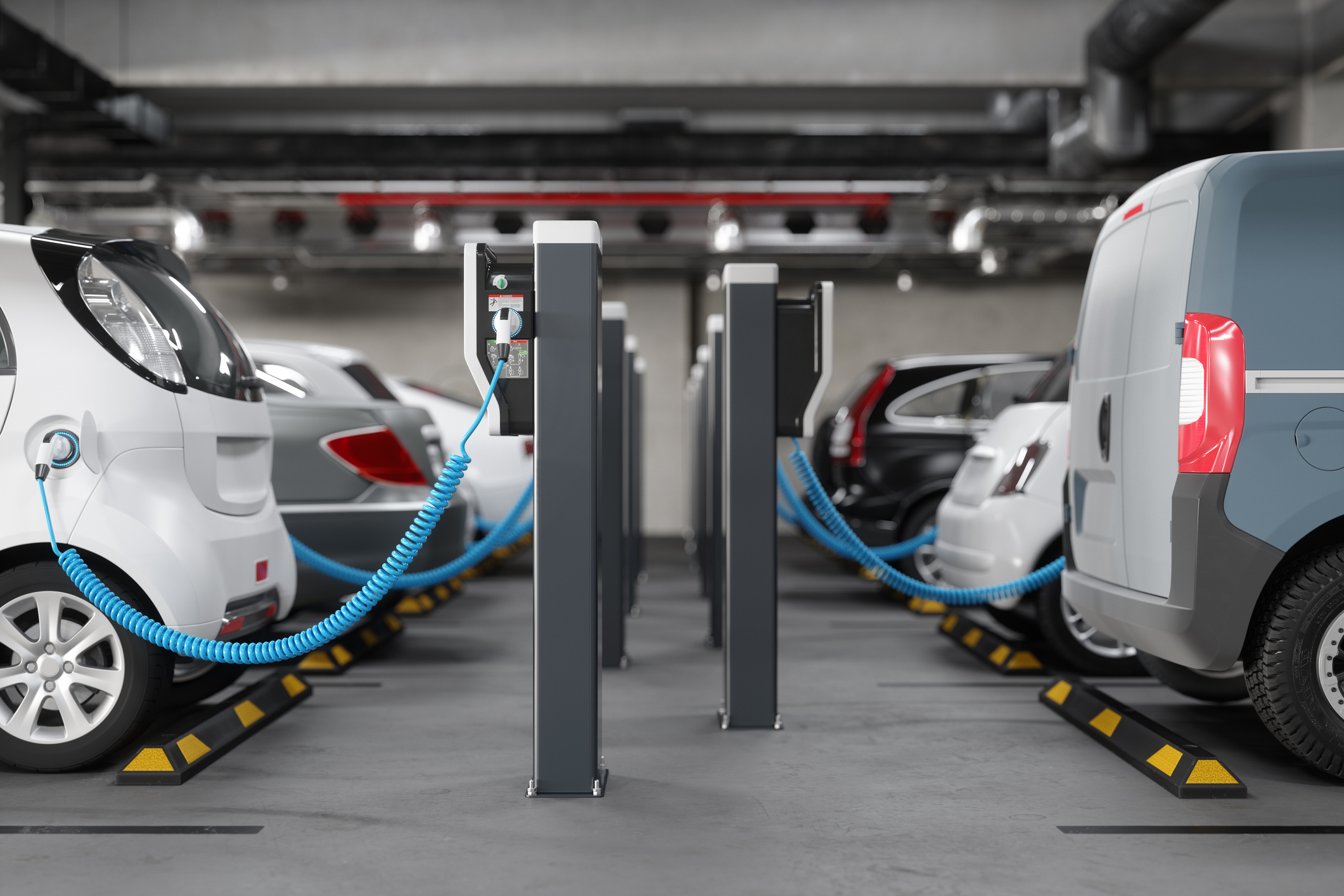dAs the electric vehicle (EV) market continues to blossom, utilities continue to focus their innovation and business development efforts on EVs. In fact, the Biden administration issued new standards to American automakers challenging them to increase EV manufacturing to account for 50% of all vehicles by 2030. As the number of EVs increases, how can utilities ensure their investments are used the most efficiently and effectively? Two factors are key to maximizing the value of EV charging strategies: (1) the electrification of high-use vehicles such as taxis, delivery trucks, and buses, and (2) managing EV charging during times of high renewable generation and relatively low demand.
What is Managed Charging?
Before moving on, let’s pause to consider the subject. Managed charging is a demand flexibility strategy that balances charging times with periods of peak demand. Through managed charging initiatives, utility program managers can access participating vehicles to pause any charging during peak hours, providing opportunities to lower higher energy expenditures for that period while enhancing grid resiliency. Especially as the global EV fleet continues to diversify, EV charging programs like managed charging are essential in mitigating energy insecurity through deliberate conservation efforts.
Electrified Miles
So what’s wrong with the current situation? Let’s focus first on the volume of electrified miles. You can think of electrified miles in the same way that you might think of miles per gallon. In this instance, electric miles represent the total distance that an EV can travel before recharging. Currently, electric miles are increasing as manufacturers innovate on the battery technologies needed to overcome range anxiety.
Because private cars and trucks spend 95% of their time parked, they are limiting the volume of miles actually electrified. However, if high-use vehicles such as fleets of shared or autonomous vehicles (taxis, delivery trucks, buses, and corporate fleets) were electrified, they could increase the share of electrified miles in some U.S. cities to 35% by 2030 (compared to the less than 10% currently). This ensures that there will be efficient electricity use and effective decarbonization as the number of EVs increases.
Reshaping EV Charging Times
When it comes to charging existing private vehicles, many people choose to charge their vehicles during peak demand times, such as weekday evenings after returning home from work, leading to grid instability and increasing the potential for grid failure. EV charging can prove time-consuming, with charging speeds ranging from just a few hours to 12 or more hours to receive a full charge. Ultimately, charging time is influenced both by charger type and total battery life. Couple those innovations with increased national charging infrastructure and there will soon be a lot more EVs that require a lot more EV charging. That charging is not only manageable but is a proven energy asset to savvy program managers.
How EV Charging Helps
Managed and EV charging strategies solve this. For example, the Bain & Co. report entitled “Soak Up the Sun: Can Electric Vehicles Help Balance Electricity Loads?” discusses how charging at the right times (when solar and wind are most productive, in the middle of the night, etc.) could capture the surplus energy generated by renewables while promoting a more efficient grid.
Especially in coordination with other renewable energy program types, specifically programs that rely on distributed energy resources (DERs), EV charging offers much potential to motivated utilities. Through concerted charging efforts, utilities can conserve energy during peak times of usage, and, through the use of vehicle-to-grid (V2G) reciprocal charging functionality or virtual power plants, idle EV batteries can be tapped to provide renewable energy back into the grid.

Source: Bain & Co Report
EV Charging Bucks Conclusion
The challenge will be for utilities to incentivize fleet and individual owners to charge at these optimal times. Utilities can offer an app that allows customers to see exactly how much money they can save by charging at off-peak hours, or schedule optimal EV charging events directly through residential and commercial smart EV chargers using a distributed energy resource management system (DERMS). Regardless of how this is accomplished, incentivizing the adoption of EV fleets and proper charging times is essential to guarantee a reliable and renewable grid.
Article originally published on August 12, 2019, with updates on March 23, 2023.






